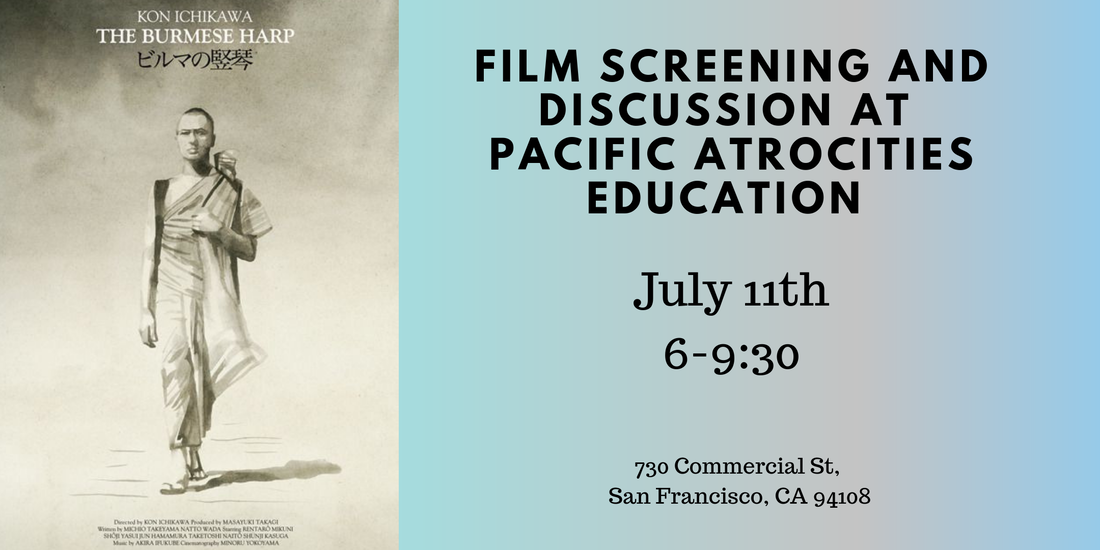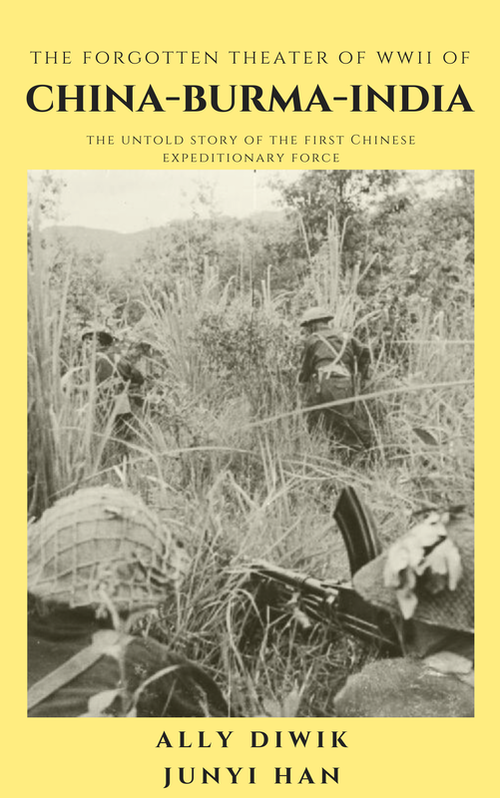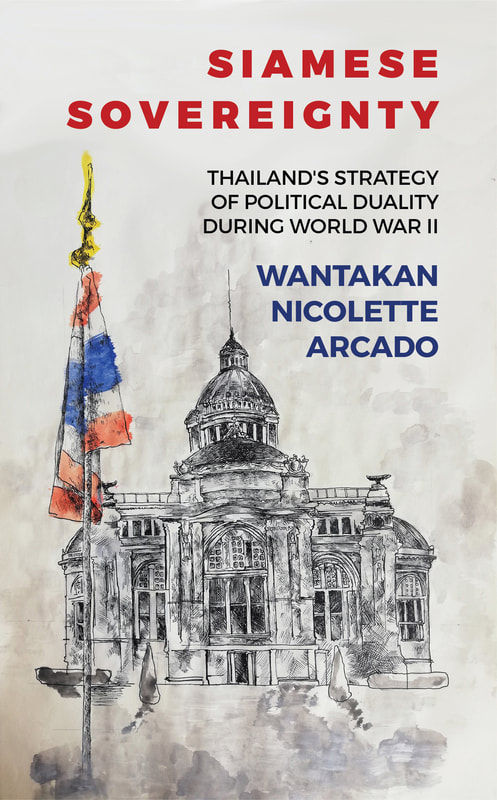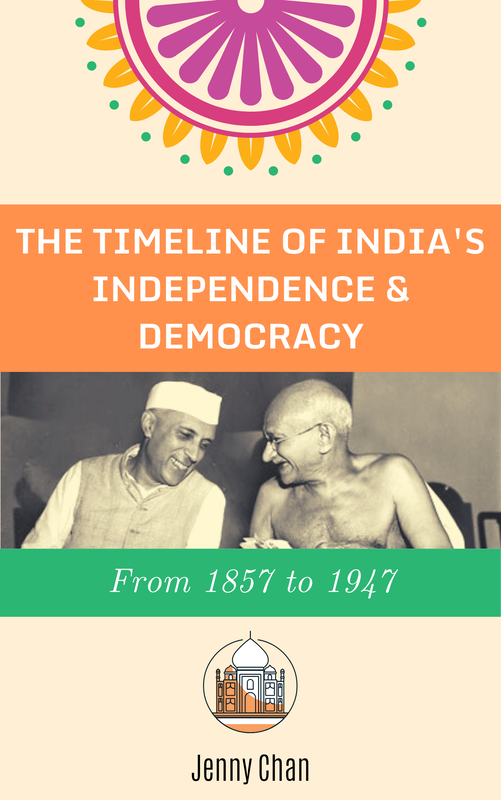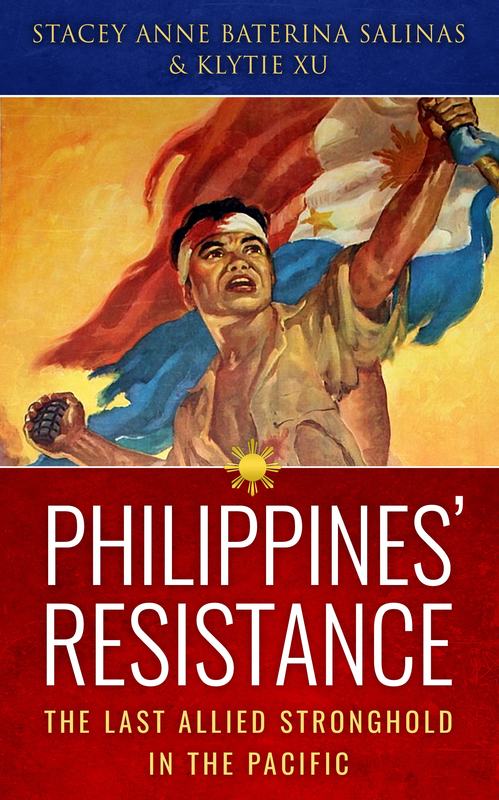|
by Kilian Fitzgerald As I’ve covered in a previous blog entry, the political and cultural climate of wartime Japan was particularly censorious and controlling. Much of the Japanese political left were violently persecuted and censored, particularly newspapers that reported details that depicted the Japanese military and war effort negatively. As I’ve covered in a previous blog entry, the political and cultural climate of wartime Japan was particularly censorious and controlling. Much of the Japanese political left were violently persecuted and censored, particularly newspapers that reported details that depicted the Japanese military and war effort negatively. In addition to political and news media censorship, the Japanese film industry also experienced a period of control and censorship. Japanese directors were contracted by the Japanese government to direct propaganda films about the war effort or to make films showing the ideal Japanese family. Like journalists and newspapers that reported on details and facts not approved by the government, filmmakers who strayed from depictions of the ideal Japanese family, or were critical of the war effort, were censored. Postwar, the climate began to change for filmmakers. However, censorship still permeated Japanese society. After the surrender of Japan, the United States set-up a military embargo during peace negotiations. Among other things, this embargo required Japanese films to be approved before being released. Samurai films were often prevented from being released due to fears that the content would inspire rebellion and a resurgence in nationalist feelings. Post-war Japan saw historically renowned Japanese directors, such as Akira Kurosawa and Ozu, become international names. It was during this new period of political and creative freedom that Japanese filmmakers began to criticize Imperial Japan’s actions during the war. Ichikawa Kon (1915-2008) was one of those filmmakers who used cinema to criticize the actions and state of Imperial Japan. As a director, Kon is hard to define. Although known for dark comedies filled with irony, Kon had films spanning numerous genres during his prolific career. Kon was also known for adaptations of novels, including the classic Japanse novel Kokoro. In addition, Kon was a visual perfectionist, obsessing over every detail of a shot. This perfectionism often resulted in Kon going over budget and led many critics to accuse Kon of placing greater emphasis on visuals than conveying a message or world view in his films. Similar to his influences, Ozu and Akira Kurosawa, Kon became internationally known during the postwar period. Adapted from the children’s book of the same name, Ichika Kon’s The Burmese Harp (1956) is a powerful and successful film. Kon, who had described the project as “a call from the heavens” filmed the anti-war drama in Burma and Japan, utilizing a script written by his wife, Wada Notto, a staple of Kon’s films. The Burmese Harp was nominated for Best Foreign Language Film at the 1956 Academy Awards and also received praise at the Venice Film Festival, as well as in recognition in Japan. The film, remade in color in 1985, features many tropes of Kon’s work, such as impressive visuals and a less than happy ending. However, the film had an uplifting message and offers, at the time, one of the clearest and harshest condemnations of the Pan-Asianism of Imperial Japan and the death-obsessed military culture that was encouraged. Yet the film also provides more than a simple criticism of Imperial Japan. The film’s central characters, a moderate battalion of Japanese soldiers, offer a way to move past the faulty policies of Imperial Japan. Part of the reason for the troop’s moderate status is its battalion’s beloved harpist and its predilection for spontaneously breaking out in song. In addition to being a way to keep their spirits up and remind them of what they are fighting for, the troop’s fondness for singing also helps them resolve conflicts peacefully. The troop is introduced in the film during the final days of the Burma campaign. Their love of music is quickly depicted with the troop breaking out into song and by the usage of the titular harp as a way to signal the troop. After Mizushima, the harp player of the troop, goes out scouting, disguised as a Burmese native he gets mugged by Burmese bandits, who take everything but his harp. This scene introduces how the troop cares deeply about each member and the mild racism the troop feels towards the Burmese people, reflective of the Pan-Asianism hierarchical structure practiced and reinforced by Imperial Japan, due to its status as the first modernized Asian country. Mizhsuma’s ability to disguise himself as a Burmese native would become much more relevant later in the film. Though the troop’s prejudices against other Asian cultures are demonstrated here, it’s a mild form of prejudice, merely a slight feeling of superiority over the less modern Burmese. The troop eventually rests in a Burmese village where they are led into a trap by a group of British soldiers. Initially wanting to fight back, the Japanese troop instead breaks into song while covertly retrieving their ammunition. Massively outnumbered, the troop prepares to fight to the death, a practice highly encouraged by Imperial Japan. To their surprise, the British soldiers begin singing the same song back to them. This display of shared humanity and culture convinces the Japanese troop to surrender peacefully. Kon’s depiction of universal humanism overcoming the dogma between two warring nations and leading to peace is similar to the famous 1914 Christmas Truce. The image presented here is powerful and moving and represents a rarity in Kon’s films: a message. Kon would continue this throughout the rest of the film. Following this scene, Kon offers further criticism of how Imperial Japan placed death and violence at the front of the national identity they pushed onto the country and culture. In the aftermath of the troop’s surrender, the leader of the patrol address his concerned men, all having learned what to them was seemingly impossible, Japan’s defeat. Although worried himself, the leader instructs his troops to look to the future, where they can return to Japan in order to rebuild. Though brief, this scene is Kon’s rejection of the Imperial Japan policy of Japanese soldiers being instructed to never surrender and to prefer death over the humiliation of capture and defeat. Kon’s rejection of the way Imperial Japan encouraged death over surrender would be continued in the next half of the movie where the focus changes to Mizushima and his own journey of identity and faith. After the Japanese troop gets settled into a Burmese POW camp, Mizushima is brought before the British leading officer. Using a translator, the officer tells Mizushima of a battalion of Japanese soldiers still holed up in a mountain cave. Seeking to prevent further bloodshed, Mizushima is given thirty minutes to convince the enclaved unit to surrender peacefully. Here we immediately see how uniquely moderate Mizushima’s troop is when compared to the mountain battalion. Unlike the song loving soldiers in Mizushima’s unit, the mountain battalion is devoutly nationalistic and militaristic. When Mizushima tells the besieged unit of Japan’s surrender and the chance for peace, they angrily attack him, accusing him of being a British spy. To Mizushima’s horror, the notion of surrendering to the British is voted down, with the mountain unit loudly affirming their desire to die for Japan. Distraught at the insanity of his fellow soldiers, Mizushima goes to ask the British for more time to negotiate a peaceful surrender. Viewing his white flag as an attempt to surrender for him, Mizhsumia is assaulted as the British resume bombing the mountain. Mizushima wakes up, alive but injured amidst the countless broken and destroyed bodies of his fellow soldiers. Soldiers who if not for the relentless dogma and nationalism Imperial Japan drove could have stayed alive to help rebuild Japan for the rest of the 20th Century. It’s another powerful and emotional scene. Seeing the full results of the violent and war-obsessed national identity Imperial Japan sought to enforce on Japan and its colonies places Mizushima into an identity crisis. Initially seeking to return to his unit, Mizushima steals the robes of a Burmese Buddhist monk in order to avoid the British and discovers more of the carnage and destruction caused by the dogmatic nationalism of Imperial Japan, hundreds of discarded and abandoned corpses of Japanese soldiers who died for what turned out to be nothing. Overcome with grief, Mizushima abandons his Japanese identity and begins burying his fallen soldiers. He ultimately must abandon his unit, taking the time to say farewell to them at the end of the film as they depart back to Japan. The Burmese Harp is one of the most powerful anti-war films. In the film, Kon harshly criticizes the foreign policy of Imperial Japan and the national mindset it encouraged by showcasing the end results of both, needless carnage. Kon’s depictions of Mizushima's personal journey of burying each body showcases a Japan that needs to repent for its actions and forge a new identity. However, Kon does not intend for Mizushima to embody that. Mizushima has forsaken his Japanese identity in order to stay in Burma and bury the dead. His unit, relatively moderate depictions of Japanese soldiers who don’t want to kill themselves for a lost cause, is meant to signify what Japan needs to do in order to heal: create a new national identity focused on peace and the future rather than one occupied with death and war. Ultimately, while The Burmese Harp was written for a very specific era, its message of the need for rejecting dogma and nationalism will seemingly always be relevant. Join us at our next event if you want to learn more about this!Related Books
0 Comments
Leave a Reply. |
- Home
- Stories
-
Internship
- Summer 2024 Internship
- Summer 2023 Internship
- Fall 2022 Internship
- Summer 2022 Internship
- Summer 2021 Internship
- Fall 2020- Spring 2021 Internship
- Summer 2020 Internship
- Fall 2019 Internship
- Summer 2019 Internship >
- School Year 2018-2019 Internship
- Summer 2018 Internship >
- Fall 2017 Internship
- Summer 2017 Internship >
- Books
- Archives
-
Resource Page
-
Supplementary Research Guides
>
- Unit 731 - Guide >
-
Philippines' Resistance - Guide
>
- Philippines World War II Timeline
- The Japanese Invasion & Conquest of the Philippines
- Bataan Death March
- Formation of Underground Philippines Resistance
- Supplies of the Guerrilla Fighters
- The Hukbalahap
- Hunter's ROTC
- Marking's Guerrillas
- United States Army Forces in the Philippines of Northern Luzon (USAFIP-NL)
- The Aetas
- Chinese and Filipino-Chinese Nationalist Guerrilla Units
- The Female Faces of the Philippine Guerrillas
- Rising Sun Flag - Guide >
- Pinay Guerrilleras - Guide >
- Fall of Singapore - Guide >
- Three Years and Eight Months - Guide >
- Siamese Sovereignty - Guide >
- The Khabarovsk War Crimes Trial - Guide >
- Unit 731 Cover-up : The Operation Paperclip of the East - Guide >
- Marutas of Unit 731 - Guide >
- Prince Konoe Memoir - Guide >
- Competing Empires in Burma - Guide >
- Battle of Shanghai - Guide >
- Ishi Shiro - Guide >
- Taiwan The Israel of the East - Guide >
- Seeking Justice for Biological Warfare Victims of Unit 731 - Guide >
- Rice and Revolution - Guide >
- Clash of Empires - Guide >
-
Hunger for Power and Self-SufficiencyI - Guide
>
- The Influence of War Rations on Post-War Culinary Transformations
- How World War II Complicated Food Scarcity and Invention
- American Military Innovations
- Government-Sponsored Food Inventions in Europe during World War II
- Feeding the Army: The Adaptation of Japanese Military Cuisine and Its Impact on the Philippines
- Mixed Dishes: Culinary Innovations Driven by Necessity and Food Scarcity
-
Denial A Quick Look of History of Comfort Women and Present Days’ Complication - Guide
>
- The Comfort Women System and the Fight for Recognition
- The Role of Activism and International Pressure
- The Controversy over Japanese History Textbooks
- The Sonyŏsang Statue and the Symbolism of Public Memorials
- Activism and Support from Japanese Citizens
- The Future of Comfort Women Memorials and Education
- Echoes of Empire: The Power of Japanese Propaganda - Guide >
- Lesson Plans >
-
Supplementary Research Guides
>
|
Pacific Atrocities Education
730 Commercial Street San Francisco, CA 94108 415-988-9889 |
Copyright © 2021 Pacific Atrocities Education.
We are a registered 501 (c)(3) charity. |
- Home
- Stories
-
Internship
- Summer 2024 Internship
- Summer 2023 Internship
- Fall 2022 Internship
- Summer 2022 Internship
- Summer 2021 Internship
- Fall 2020- Spring 2021 Internship
- Summer 2020 Internship
- Fall 2019 Internship
- Summer 2019 Internship >
- School Year 2018-2019 Internship
- Summer 2018 Internship >
- Fall 2017 Internship
- Summer 2017 Internship >
- Books
- Archives
-
Resource Page
-
Supplementary Research Guides
>
- Unit 731 - Guide >
-
Philippines' Resistance - Guide
>
- Philippines World War II Timeline
- The Japanese Invasion & Conquest of the Philippines
- Bataan Death March
- Formation of Underground Philippines Resistance
- Supplies of the Guerrilla Fighters
- The Hukbalahap
- Hunter's ROTC
- Marking's Guerrillas
- United States Army Forces in the Philippines of Northern Luzon (USAFIP-NL)
- The Aetas
- Chinese and Filipino-Chinese Nationalist Guerrilla Units
- The Female Faces of the Philippine Guerrillas
- Rising Sun Flag - Guide >
- Pinay Guerrilleras - Guide >
- Fall of Singapore - Guide >
- Three Years and Eight Months - Guide >
- Siamese Sovereignty - Guide >
- The Khabarovsk War Crimes Trial - Guide >
- Unit 731 Cover-up : The Operation Paperclip of the East - Guide >
- Marutas of Unit 731 - Guide >
- Prince Konoe Memoir - Guide >
- Competing Empires in Burma - Guide >
- Battle of Shanghai - Guide >
- Ishi Shiro - Guide >
- Taiwan The Israel of the East - Guide >
- Seeking Justice for Biological Warfare Victims of Unit 731 - Guide >
- Rice and Revolution - Guide >
- Clash of Empires - Guide >
-
Hunger for Power and Self-SufficiencyI - Guide
>
- The Influence of War Rations on Post-War Culinary Transformations
- How World War II Complicated Food Scarcity and Invention
- American Military Innovations
- Government-Sponsored Food Inventions in Europe during World War II
- Feeding the Army: The Adaptation of Japanese Military Cuisine and Its Impact on the Philippines
- Mixed Dishes: Culinary Innovations Driven by Necessity and Food Scarcity
-
Denial A Quick Look of History of Comfort Women and Present Days’ Complication - Guide
>
- The Comfort Women System and the Fight for Recognition
- The Role of Activism and International Pressure
- The Controversy over Japanese History Textbooks
- The Sonyŏsang Statue and the Symbolism of Public Memorials
- Activism and Support from Japanese Citizens
- The Future of Comfort Women Memorials and Education
- Echoes of Empire: The Power of Japanese Propaganda - Guide >
- Lesson Plans >
-
Supplementary Research Guides
>
